The Renaissance time period, also called the renewal period, is a duration of time that covered the 14th to 17th centuries in Europe, which experienced art, sculpture, painting, music, and architecture.
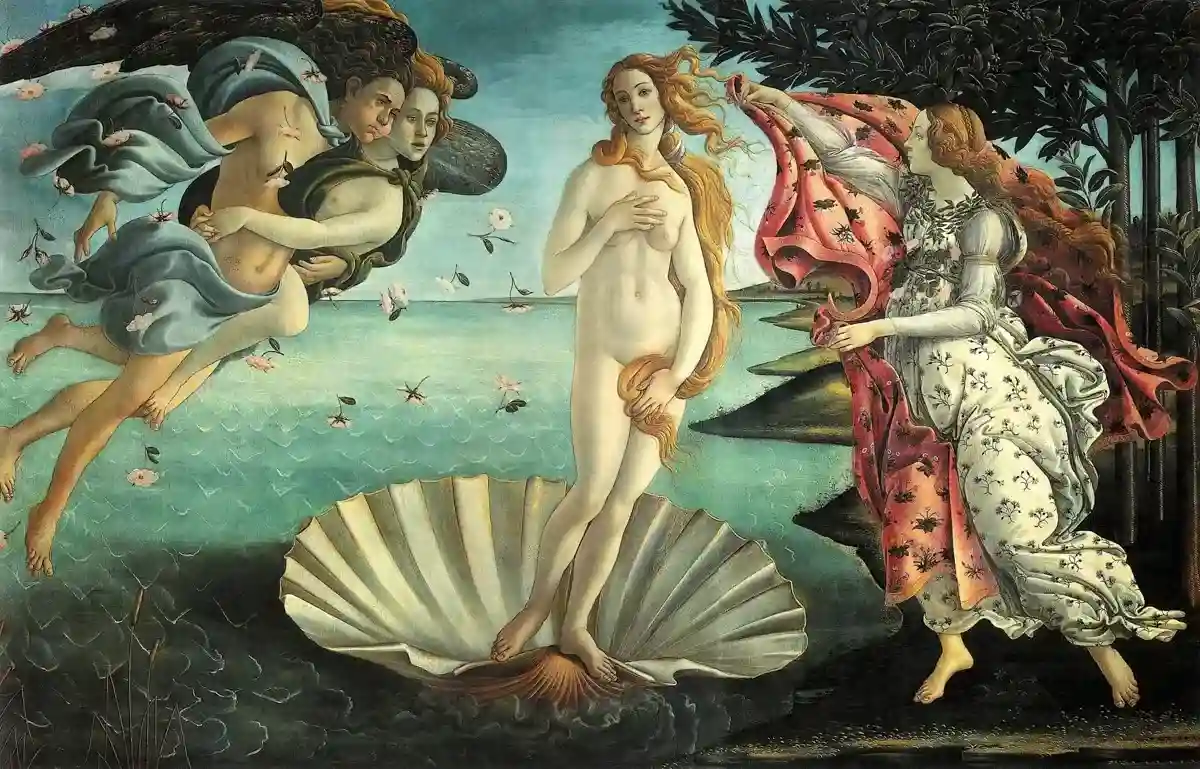
Alessandro Botticelli, The birth of Venus, c. 1484–1486, Florence, Uffizi
What Was the Time Period of the Renaissance?
The Renaissance began in Italy in the 14th century, a time when the region was fragmented into various city-states. Each of these city-states, such as Florence, Venice, and Rome, became a cradle of creativity and innovation, fueled by economic prosperity and political stability. This period was characterized by a renewed interest in the classical knowledge and aesthetic ideals of ancient Greece and Rome.
Educated Europeans rediscovered the Greek philosophers, mathematicians, and scientists, whose works had been largely ignored during the Middle Ages. This infusion of ancient wisdom, combined with contemporary thinking, catalyzed advancements in various fields, including literature, architecture, science, and the arts.
One of the most visually stunning aspects of the Renaissance was its art. The era gave birth to some of the most venerated artists in history, including Leonardo da Vinci, Michelangelo, Raphael, and Botticelli. Their works, characterized by realism, attention to human emotion, and vivid use of color, were revolutionary.
Renaissance artists innovated in numerous ways, including the use of perspective, which gave a three-dimensional depth to their paintings, a technique that was revolutionary at the time. They also employed chiaroscuro, the use of strong contrasts between light and dark to achieve a sense of volume in modeling three-dimensional objects and figures.
The Renaissance was not just about art; it was also a time of significant scientific inquiry and discovery. This period laid the groundwork for the modern scientific method, based on observation and experimentation.
Nicolaus Copernicus proposed the heliocentric model of the universe, challenging the long-held geocentric view. Galileo Galilei furthered this work, using the telescope to observe the heavens, thus providing evidence that supported the Copernican system. Meanwhile, Leonardo da Vinci conducted detailed studies of the human body and natural phenomena, blending art and science in a way that had never been done before.
There was increased knowledge of nature, an individualistic view of man, and renewed classical learning. Several historians concur that between the 14th century and 17th century, a new enlightened way of thinking was emerging that would replace the old one.
However, many artistic and scientific discoveries of the Renaissance had common themes, believing that man was the center of his universe. History indicates that knowledge of nature and humanity became pronounced in the 15th and 16th centuries.
Proper Italian Renaissance came after proto-renaissance in the late 13th century and early14th century, drawing its inspiration from Franciscan radicalism. St, Francis opposed the formal scholasticism of studying Christian theology and moved to praise nature’s beauties and spiritual value. St, Francis’s example moved many Italian artists and poets to look into the world around them when developing their works.
For example, Giotto Bondone discovered a new pictorial style that involved clear, simple structure, psychological penetration, and linear decorativeness.
One of the great poets, Dante, during this period, also changed his poetry to indicate an inward experience, subtle shades, and human nature.
There were also Giovanni Boccaccio and Petrarch of the same period that focused their attention on Latin literature and vernacular writings in the building of proto-renaissance. However, the plague of 1348, followed by the civil war, dampened the revival of humanistic studies and interest in Giotto and Dante’s naturalism and individualism. The spirit of the Renaissance time period laid low until the early 15th century.
Contemporary artistry, music, and architecture result from a rebirth (Renaissance) also began in Italy in these early days. Religion also shaped and influenced several artistic works since it was a predominant element in almost everyone in the renaissance time period. However, new areas of inventions such as the mythological matter were opening up for painting.
An example of such a painting on a mythological subject was Botticelli’s work called Birth of Venus, which was regarded as unique. He deviated from religious painting to realism, and mythological subjects opened a world for other artistic imaginations, themes, and production.
Italian capital Florence was the center of the Renaissance, with many golden artists, sculptors, painters, and philosophers ailing from this city. The city still has several artistic works that are studied to date and continue to mesmerize many.
Here are ten simple but very important facts that one should know about the Renaissance time period.
1 – What Initiated the Renaissance Time Period
Renaissance is a period covering the 14th to 17th centuries characterized by artwork, literature, poetry, and painting. This period was defined after considering material including classical text and manuscripts collected from Islamic Asia and Europe.
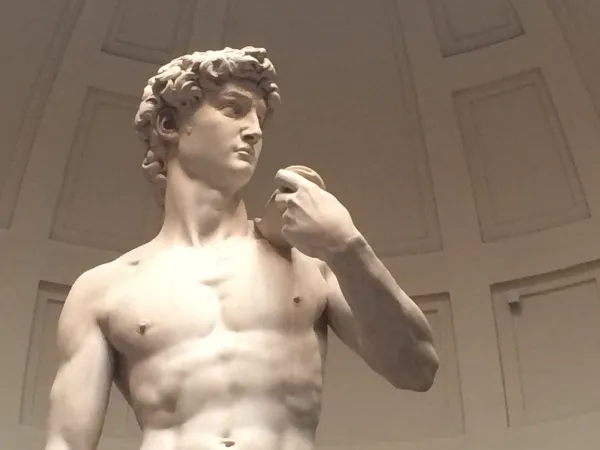
Even before the Italian Renaissance in the 14th century, Europe had begun to experience a resurgence in art and growth in philosophical antiquity. For example, the 12th century shows the ascendance of the Carolingian Empire, known for its Latinized elements that revived the classical Latin texts and the founding of universities.
The Crusades also facilitated the Renaissance. The European crusaders came into contact with the scientific and cultural advancement of their Islamic counterparts. Islam is known for the preservation of several Latin and Greek classical text. The returning Crusaders carried some of these antiques to their homeland, which greatly influenced and revitalized the interest of European scholars to pursue science, ancient art, and philosophy.
Some highly literate expatriates ran away from the conflict between Christian kingdoms and Muslim Moors in medieval Spain. Some of these expatriates settled in Padua and Florence, Italy. Additionally, the defeat of Constantinople by the Ottomans made several medieval artists and academics flee Eastern Rome to various parts of Europe, escaping with their literary skills and valuables such as manuscripts and ancient text.
2 – The Black Death Theory
Some researchers and historians have alleged that nature may have propagated the birth of the Renaissance apart from literary factors.
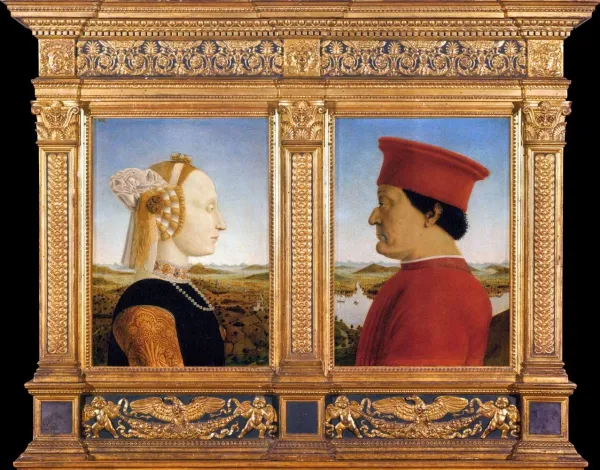
According to these scholars, the Renaissance was also the result of the deadly pandemic that decimated 50% of Europe’s population from 1347 to 1351 AD, called the Black Death. The scholars believe that the threatening nature and the way it ravaged populations altered many people’s psychological outlook, leading many survivors to invest in their own lives different from the Church’s idea of the afterlife.
The theory suggests that survivors experienced a subtle paradigm shift in their religious engagement. Most viewed righteousness as a human relationship to God via culture and art and not through death and vague rituals.
A different theory considers the practical route and delves into the political and social conditions in the years after the Black Death plague.
The years in the late 14th century experienced a decrease in land value, and because of the low population due to the pandemic, the value of labor increased. Therefore, commoners had better economic means coupled with greater social movements and increased leisure time.
Additionally, some noblemen moved from the cities that were the pandemic hot spots to provincial estates and towns. One such example was an art patron of the Medici family that moved to Florence. They flaunted their economic might and status by supporting arts and artists, some of whom lived in their homes.
3 – Florence City – Renaissance’s Focal Point
Florence city was probably the most famous of all the Italian cities at the time of the Renaissance. It had some key artwork, and many intelligent sculptors, artists, and philosophers lived there.
It is regarded as the birthplace of a Renaissance with its works such as the Mona Lisa done by Leonardo da Vinci, and David sculptured by Michelangelo. The city had one of the greatest art schools, the school of Florence.
Florence became a focal point in the Renaissance time period due to the socioeconomic factors following the aftermath of the pandemic Black Death. Like any other city in Italy at the time, Florence was raved by the plague, causing the collapse of the feudal structure.
However, instead of experiencing anarchy due to the created power vacuum, the city’s sanity and rulership were maintained by the nobility that still had their banking and commercial system.
This economic power allowed the nobles to invest in architecture and art. A similar social change may have occurred in various parts of Italy and Europe to set the tone for the Renaissance.
Other scholars also reason that before the Medici family arrived in Florence, the city was already an established cultural and artistic center. The reason that pure lack staged Florence as the center of the Renaissance. These scholars argue that Florence was home to many influential men like Sandro Botticelli, Leonardo da Vinci, and Michelangelo Buonarroti, to mention a few, who grew their artistry and works in the city.
4 – The Advent of Humanism and the Renaissance Time Period
Many influential men and women of the Renaissance era shifted their focus from the abstractness of divinity to human achievements. According to Encyclopedia Britannica, Humanism takes human nature in its different manifestations and accomplishment as its subject.
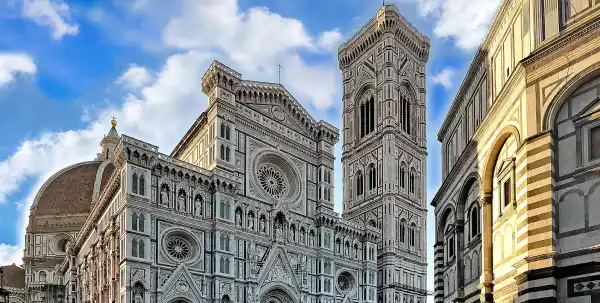
Secondly, Humanism stresses the compatibility and truth that exist in all theological and philosophical systems and schools.
Thirdly, Humanism focuses on man’s dignity.
However, it does not mean that propagates of Humanism eschewed religion. They still viewed and venerated religion as a means by which man connects to his maker God. This shift was evident in many scholastic spheres as many medieval subjective conclusions witnessed relegation. The focus shifted to studying ancient texts and conclusions driven from empirical evidence.
Early humanist scholars such as Petrarch and Boccaccio from Florence led the search of ancient classical texts. The humanist movement also endeavored to translate the text into copies that the citizens could easily understand by focusing on eloquence and clarity.
Conscientious thoughts and actions complimented the translations. These actions reformed the education system and were glorified by Studia humanitatis, including rhetoric, poetry, grammar, history, and moral philosophy. In other words, the scope of Humanism showcased humans as the center of culture intending to revive the morality and legacy set by classical antiquity.
5 – Flourishing Art
The tangible impact of the Renaissance is found more in the diverse specimens of architecture and art completed in those days beyond the education and moral emphasis. Most Renaissance men got their inspiration by observing and studying the ancient Roman and Greek sculptures, classical structures, and decorative arts.
or example, Michelangelo inspired sculpturing mind-blowing statues during his stay at the Medici as a young man. He studied the ancient Greek and Roman works that the Medici kept in their library. He is today known as the greatest Renaissance man of all time, influencing art for centuries since his demise.
Art influence was conspicuous compared to the earlier medieval art that focused on realism. The art had drowned from using a two-dimensional representation that was considered imprecise to a more realistic perspective using linearity, shadow, light, and human anatomy that were regarded as realistic.
The earlier two-dimensional did not measure to scale and were based on assumptions with no empirical evidence. The advanced architectural designs allowed engineers and builders to integrate several sculptural features such as entablatures, pilasters, and columns.
The Catholic Church was responsible for financing most of these artworks, explaining the religious amalgam of almost all artistic expression and outlook. Social touch also found its place in these religious artworks encompassing human expression in some renowned works.
The works co-joined humanism ideals and the Church’s influence which further elucidated cultural revival rather than conflict. Religious tolerance is also seen in the works of some of the great men works at the time. These men, such as Bramante, and Michelangelo, were religious and devoted to the Church, yet they were still experts in their humanism works.
6 – The High Renaissance Time Period
This period started in the 1490s with Leonardo Fresco. It ended with the Sack of Rome orchestrated by the army of Charles V.
The term High Renaissance was coined because scholars believe that the goals and aspirations of medieval artistry reached their most admirable stage. This stage in history is characterized by a shift from point perspective to classical art and the application of development.
The age of the high Renaissance was predominated by three musketeers: Michelangelo, Leonardo da Vinci, and Raphael.
Michelangelo had prowess in sculpturing, painting, and architecture, demonstrating his understanding of the human body.
Rafael was revered for his articulate use of color and his way of creating perspective.
The great Leonardo da Vinci is remembered for his two most popular paintings: The Last Supper and the Mona Lisa.
However, the achievements of these guys depended on the achievements of their predecessors from which they greatly borrowed. Giotto is regarded as one such artist who enhanced his work by adding personality and weight. He is remembered for his famous quote: “Giotto makes massive Madonnas.”
Masaccio, a brilliant mathematician and talented artist was an early contributor to the arts’ linear perspective. Giotto and many others like him were also prominent during the high Renaissance time period.
Filippo Brunelleschi adopted Roman architecture elements using Roman shapes, columns, and scale in building his statues. He is known for his eight-sided dome in Florence built at the Santa Maria del Fiore. This structure was considered an engineering triumph- weighing 37,000 tons, 144 feet long, and with no buttresses to support it up.
The artist Leon Battista Alberti demonstrated the principles Filippo Brunelleschi used in his linear perspective in his essay entitled “On painting,” which was widely known and used in almost all the Renaissance-era paintings.
However, later some painters employed another painting technique called Chiaroscuro, creating an illusion of the 3D space on a flat canvas. These painters, architects, and artists created inspirational art that would shape the thinking of future artists.
7 – The Printing Revolution
Another Renaissance man, Johannes Gutenberg, is accredited for revolutionizing this era by the invention of the printing machine in Germany.
He would later extend his prowess across Europe, thus indefinitely changing duplication and text preservation. The world’s literacy was also enhanced by the migration of Byzantine scholars, who ran to Italy from Constantinople by carrying their literary text and manuscripts from which several libraries and universities were built.
The production of the printing machine by Gutenberg meant that information about the Renaissance could easily spread worldwide.
Erasmus of 1466 AD and a catholic priest are also regarded as influential scholars in the Northern Renaissance. He provided the first textual criticism on the New Testament using the ideals outlined in Humanism. He set a precedent for movements that would later contribute to catholic counter-reforms and the reformation of Protestants.
The influence of Renaissance humanism effect of printing is also seen in Shakespeare’s works such as Hamlet, emphasizing the value of nature. Interestingly, the invention of the printing press by Johannes Gutenberg was accelerated by the public demand for religious text coupled with renewed interest in classical texts. Therefore, the commoner is to thank for this historic changing innovation.
The printing press amplified the translation and circulation of Bibles in common languages other than Latin and contributed to secular text and music printing. Many had access to knowledge to move to a different era.
8 – The Revolution of Science
During the Renaissance period, science grew as people embraced empirical evidence rather than subjective assumptions.
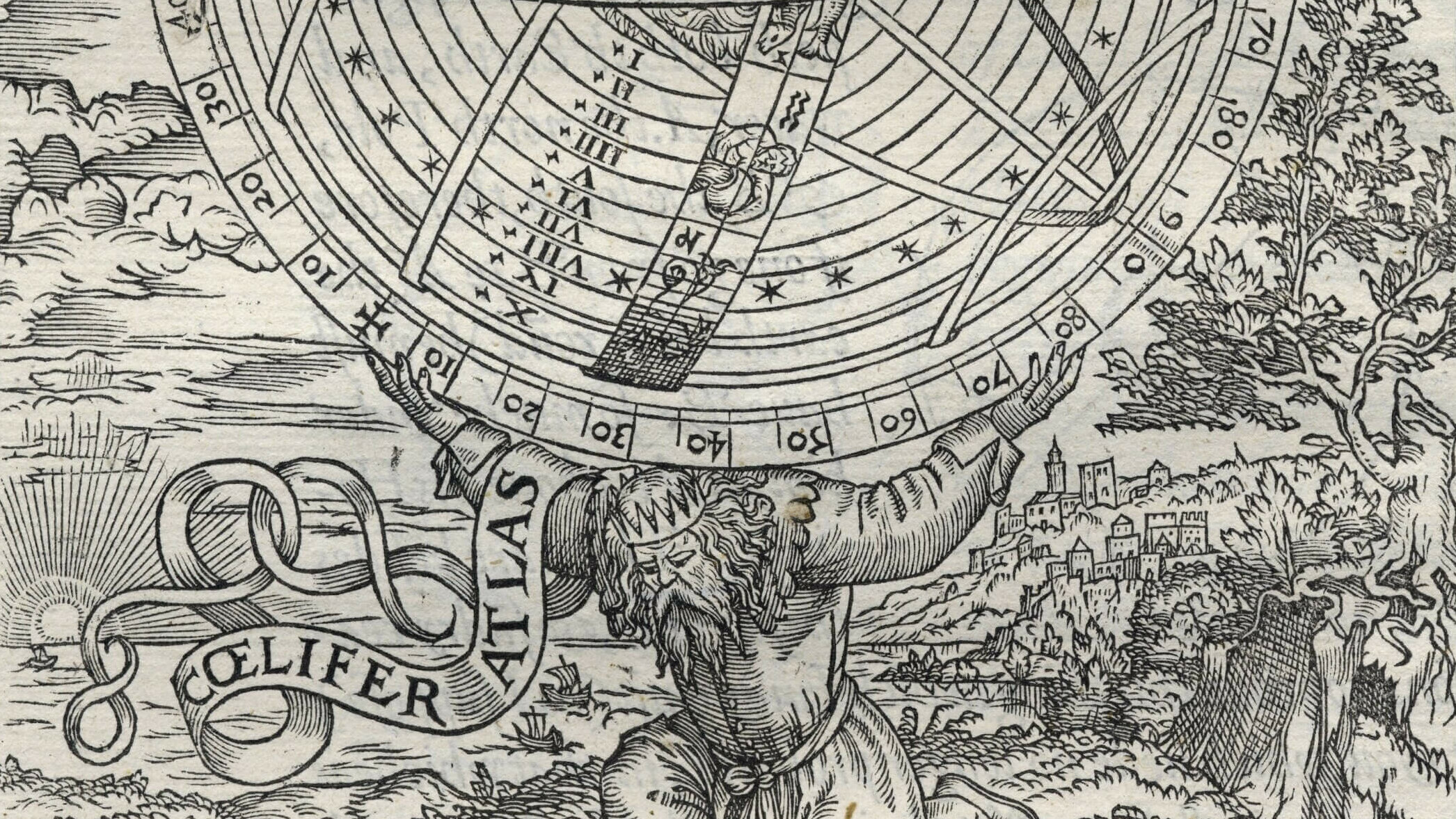
Besides astronomy, scientists also made several historical discoveries in botany, mechanics, anatomy, and acoustics. Different from Humanism which incorporated art and religion, science was perceived by its proponents as separate from the Church and its teachings.
The Church did not take well some scientific statements such as the earth is not the universe’s focal point. They considered such statements sinful, resulting in the persecution of many European scientists.
9 – The Polyphonic Music
Between the period of 1400-1600 AD, Renaissance music evolved. The printing press promoted the spread and printing of music which came with a more personalized humanistic style. This era witnessed the development of various rhythms, ranges, notation, and harmony in music.
The music shifted from mono to polyphonic style, including various styles rather than using a single voice. Early composers like William Byrd and Giovanni Pierluigi da Palestrina composed songs inspired by classical treatises. The art of these men had a lasting influence on the growth of church music. The period also witnessed the invention of violin instruments and harpsichords that complemented the fluidity and flow of the composition.
10 – Renaissance Effect on Religion
The Catholic Church was the greatest financier and buyer of the early Renaissance as it commissioned many artistic works.
However, with the invention and the promotion of Humanism ideals in the mid-16th century, it became evident that it would clash if not rival the powerful Church in its influence on social-cultural spheres.
By the late 14th century, the Papacy lost its political influence with events such as Western Schism and Conciliarism. The situation was worsened when Pope Alexander VI faced accusations of nepotism and corruption.
These events lead to advocacy of the creationary path by some contemporary theologians such as Martin Luther, Thomas More, John Calvin, and others known to propagate Renaissance Humanism. Luther then penned down 95 these, forming the basis for reformation and break from the Catholic Church that formerly held unrivaled powers in Western Europe. In simple terms, it was the Renaissance coupled with its Humanism principles that kicked off the reformation and the breakaway from the Church.
Conclusion
Arts, music, painting, sculptures, and architecture characterize the Renaissance. It was also a period of knowledge that medieval men learned from their past to affect the future.
The discoveries made during this period had a tremendous influence on the various technological developments of today. Several things are worth remembering as one embarks on a journey of studying the Renaissance, such as things that catalyzed the era, the Black Death theory, the development of the printing press, the advocacy of Humanism, the higher Renaissance period, and its effects on religion and music development. The renaissance period is remarkable, and it is worth looking into if we are to solve future problems.
If you want to add your personal angle of the Italian Renaissance to your home, look for breathtaking Fine Art Photographs at Paolo Modena Photography
Editor’s note: this post was originally published in February 2023 and has been completely revamped and updated for accuracy and comprehensiveness.
WANT TO KNOW MORE ABOUT PAOLO MODENA?
Sing up to join a community of more than 200 art lovers, receive information about Paolo Modena’s fine art photography, and be the first to know about upcoming artworks.
Related Posts:
Paolo Modena
My name is Paolo. I am a photographer. I consider myself fortunate to have grown up in Italy, surrounded by the art that is the envy of the world. I enjoy photography because it has caused me to fall in love with light, shade, and color. I see the world around me with fresh eyes every single day. And sometimes, when the mood is right, I just sit back and enjoy the moment without taking a photo.
